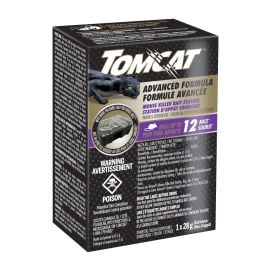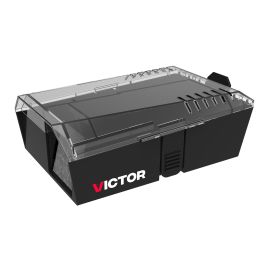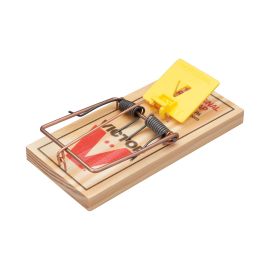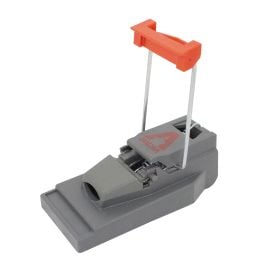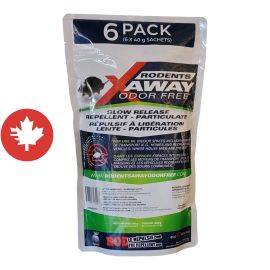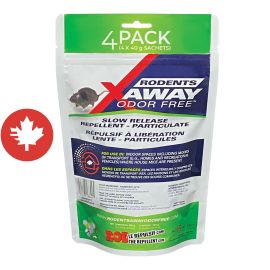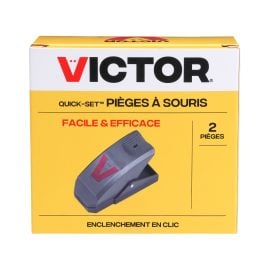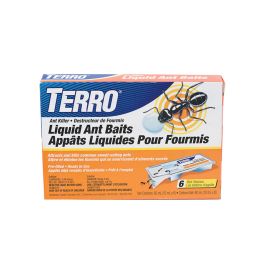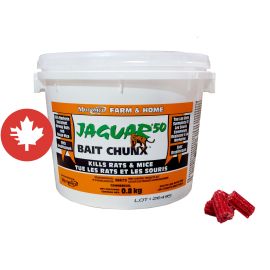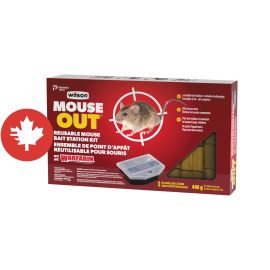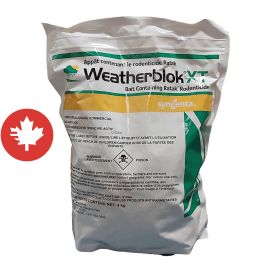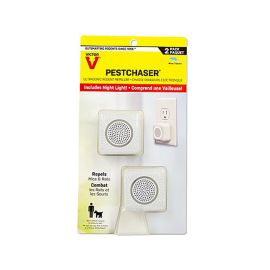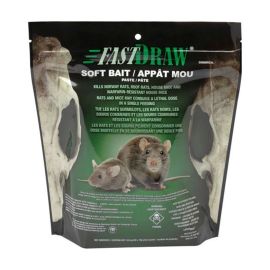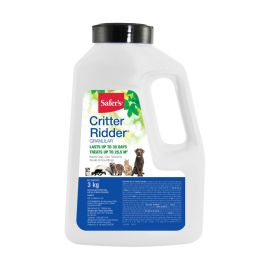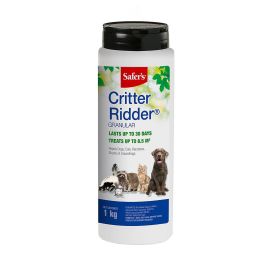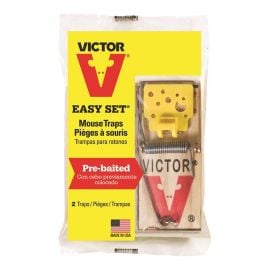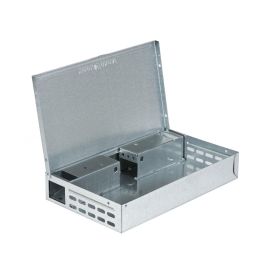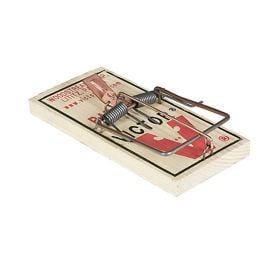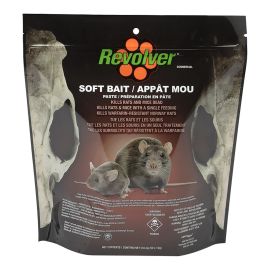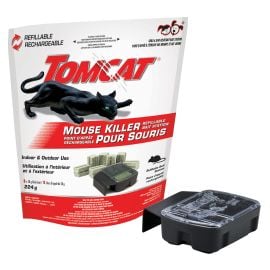Farm buildings are often visited by rodents such as mice and rats - while we may think these small animals are adorable, farmers know that they can cause problems. That's why their presence must be controlled through rodent control programs.
What are the signs indicating the presence of rodents on farms?
To find out if there are rodents in your building, look for visible signs such as urine deposits, feces and significant odors. It’s possible to see traces of paws and friction, as well as damage created by chewing.
What are the biggest dangers from rodent infestations in farm buildings?
First, rats and mice are carriers of many diseases. They can also create incredible damage to structures or building insulation, and by chewing on electrical wires, they can be the start of fires. Their presence can cause additional stress on herds, decreasing their production. Finally, rodents consume food reserves and contaminate it with their urine and feces. In fact, a rat can contaminate up to ten times the amount it can eat. For all these reasons, a program to control rodents is important to prevent infestations.
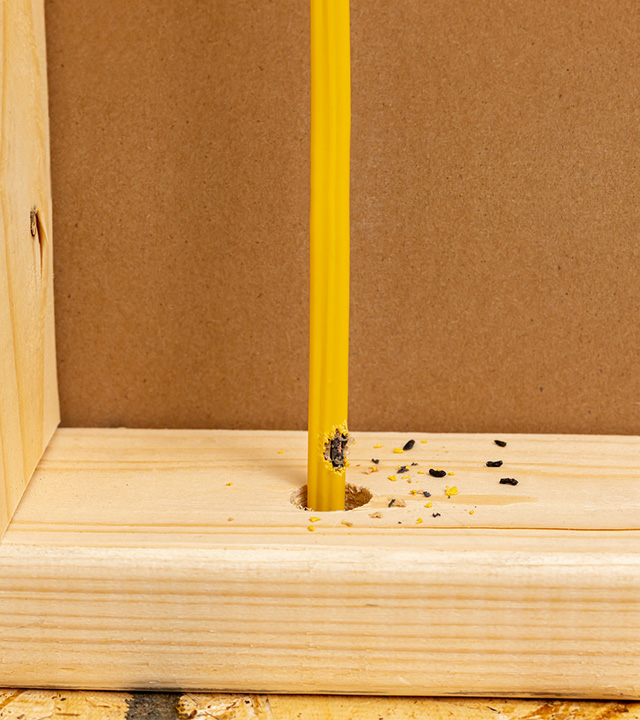
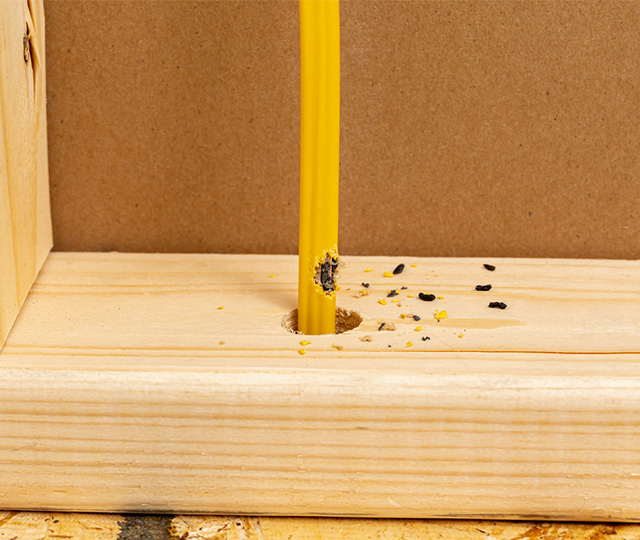
What does rodent control program consist of?
A biosafety program to control rodents allows you to understand, detect, control and successfully prevent future rodent infestations.
With innovative baits, they suggest advanced, diverse and effective solutions that are adapted to your needs. They even offer a wide range of products with different molecules and textures. To stimulate the hunger of a rodent, it’s suggested to vary the chemical ingredients (for example, bromadiolone or difethialone) or their presentation (granular, mini blocs, bags, etc.). The best way to avoid suspicion in rodents regarding bait is to alternate the chemical formula and presentation.
With a program that is fully adapted for an indoor and outdoor use, along with changes in molecules and types of baits, you can benefit from an efficient protection all year long.
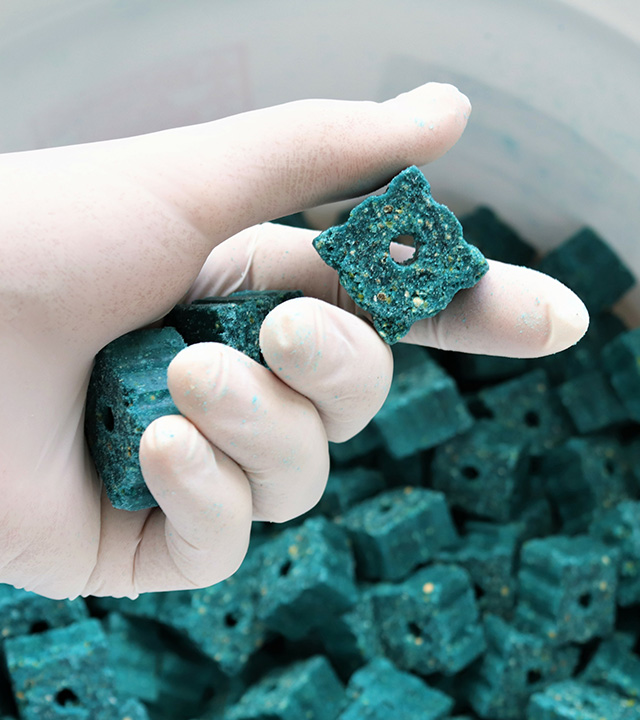
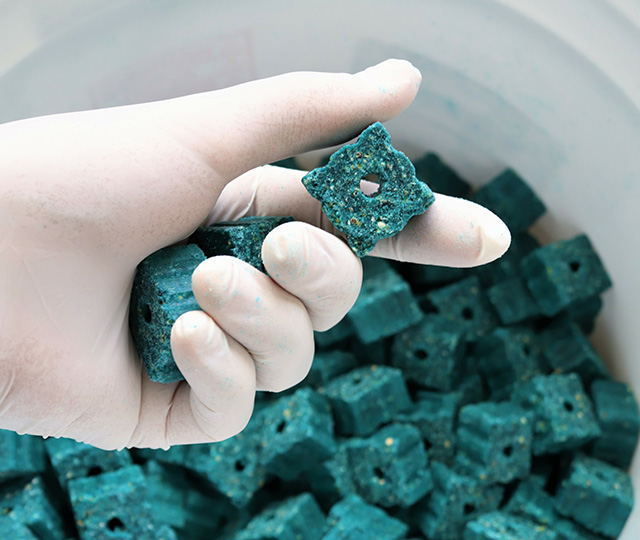
What to do in case of rodent infestation?
Consistency is key for any program destined to control rodents. Maintained Bait stations and traps will make your buildings less attractive as a place to live or reproduce. It’s also important to make necessary repairs around the building (for example, blocking holes or access to burrows).
Maintenance is primordial - for the exterior of the building, you must get rid of weeds, bushes, piles of litter, animal carcasses or debris. A rigorous follow up of your bait stations will help you act quickly on the onset of an infestation.
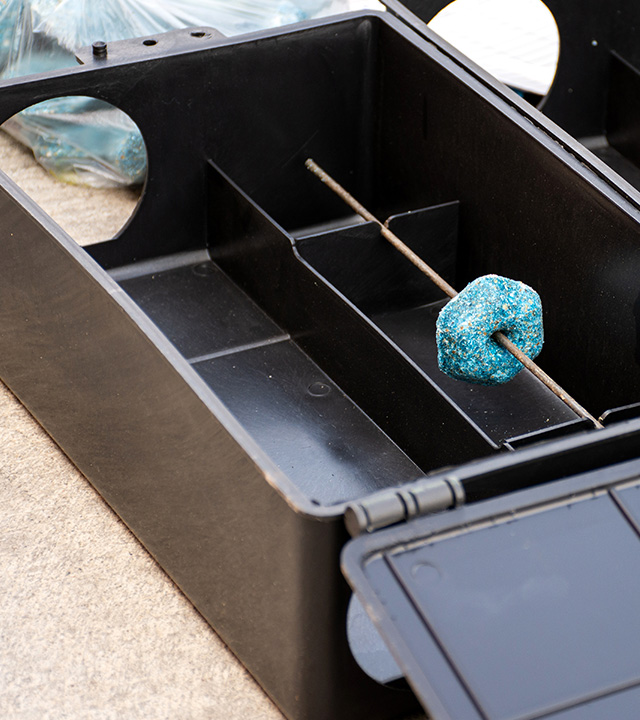
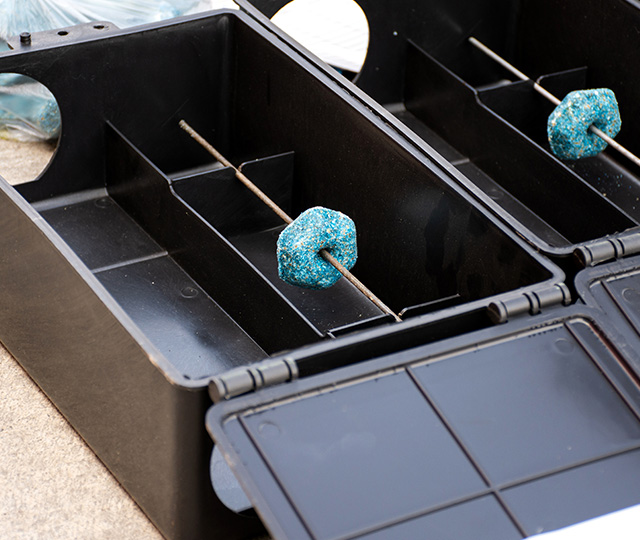
How long does it take to get rid of an infestation?
Depending on the severity of the infestation, it can take a few weeks, even a few months, to get rid of any infestation. It’s recommended to check your stations, take notes and add bait twice a week if half of the bait is being consumed in a station.
As soon as you notice that more than half of the bait is being left, you can delay maintenance and surveillance visits to every two weeks, then to once a month. While the deadly dose can be ingested within a few meals on the same day, death generally happens in the following 3 to 10 days. This delayed death allows the mice to show the others where the food source is - they won’t have to discover it on their own. It’s also important not to frequently manipulate the baits as it may create suspicion in rodents, they might detect human odors and become fearful.
Can these products be dangerous to humans or other animals?
Contrary to rodents, the quantity of bait required to reach a deadly dose in non targeted species (such as humans or domestic animals) is much higher. By law, you are required to lock and clamp down all bait stations to avoid any ingestion by non targeted species.
If you are currently dealing with a rodent infestation and have a purchase certificate, please consult your nearest BMR store for more details.
